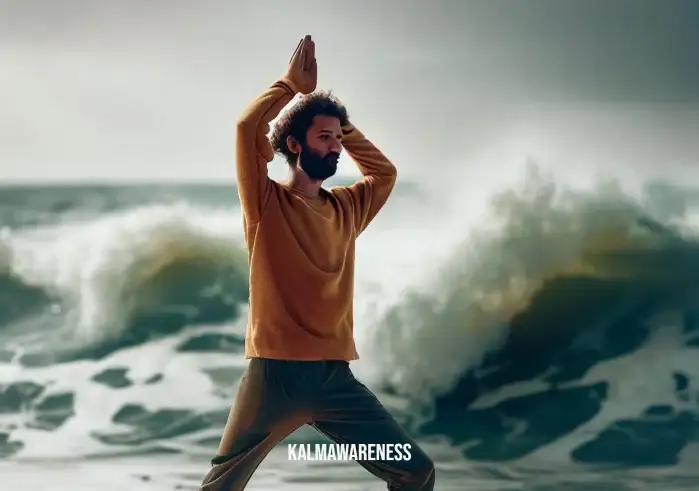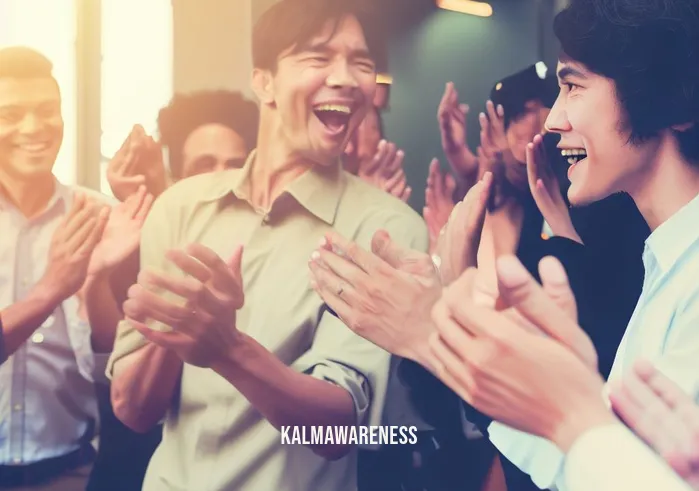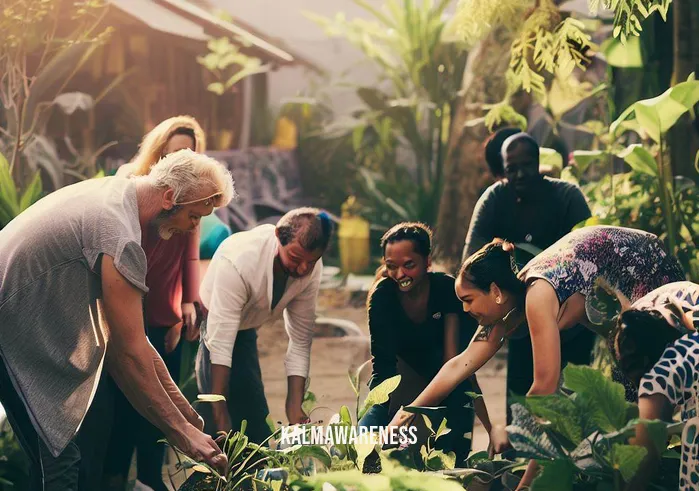Unraveling the Mysteries of the Hardest Asanas
Meta Title: The Hardest Yoga Pose: Unlocking the Secrets of Extreme Balance
Are you ready to take your yoga practice to new heights and challenge yourself in ways you’ve never imagined? In this article, we will explore the most elusive and challenging yoga pose that will test your strength, flexibility, and mental focus like never before. Brace yourself as we dive into the world of yoga and uncover the secrets of mastering the hardest yoga pose.
Pose Name: Wheel Pose
Original Name: Chakrasana
Difficulty Level: Advanced
Pose Category: Backbend Asanas
Exercise Duration: Beginners: 15-30 seconds | Advanced: 1-2 minutes
The Wheel Pose: Embrace the Challenge
The Wheel Pose, also known as Chakrasana, is a captivating backbend that resembles the graceful arch of a wheel. As one of the most challenging yoga poses, it demands a delicate balance between strength, flexibility, and fearless determination. The Wheel Pose is a significant part of our article, “What Is the Hardest Yoga Pose?” as it challenges both beginners and seasoned yogis alike.
Benefits of the Wheel Pose
The Wheel Pose offers a multitude of physical and mental benefits, making it a sought-after pose for yogis seeking to deepen their practice. Some of the key benefits include:
- Spine Flexibility: By arching the back and opening the chest, the Wheel Pose enhances spine flexibility, alleviating stiffness and promoting better posture.
- Strengthened Core: As you lift your body into the wheel shape, your core muscles engage, leading to a stronger and more toned abdominal region.
- Shoulder and Arm Strength: The weight-bearing nature of the pose strengthens your shoulders, arms, and wrists, building upper body strength.
- Energy and Vitality: The deep backbend in the Wheel Pose stimulates the nervous system, boosting energy levels, and leaving you invigorated.
- Heart Opening: Opening the heart center in this pose encourages a sense of emotional release and vulnerability, fostering self-acceptance and compassion.
Step-by-Step Guide to Wheel Pose
Before attempting the Wheel Pose, warm up your body with a few rounds of Sun Salutations and other backbends to prepare your spine and shoulders.
- Lie Flat: Start by lying on your back with your knees bent and feet placed firmly on the mat, hip-width apart. Bring your heels close to your sitting bones, ensuring your fingertips can graze your heels.
- Hand Placement: Position your hands beside your ears, fingers pointing towards your shoulders. Your palms should be flat on the mat and in line with your shoulders.
- Engage Your Core: Press down firmly through your hands and feet as you engage your core muscles. Lift your hips off the mat, allowing your head to rest gently on the mat.
- Lift into the Wheel: Pressing into your hands and feet, slowly lift your entire body off the mat, arching your back. Keep your elbows parallel and avoid collapsing your shoulders.
- Hold the Pose: Hold the Wheel Pose for the recommended duration based on your experience level. Beginners may start with 15-30 seconds, while advanced practitioners can aim for 1-2 minutes.
- Release Gracefully: To come out of the pose, tuck your chin slightly, and gently lower your body back down to the mat, vertebra by vertebra.
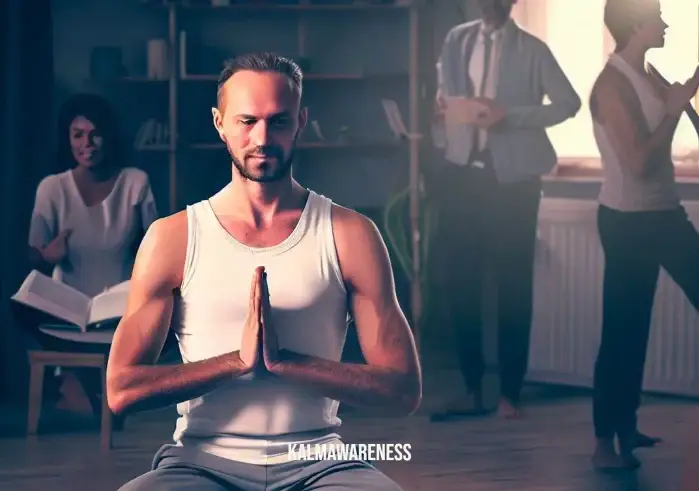
Unleashing the Power of the Hardest Asanas
Meta Title: The Hardest Yoga Pose: Embracing the Wheel Pose and Beyond
Welcome back to our exhilarating journey through the world of yoga poses! In the previous chapter, we uncovered the secrets of the Wheel Pose, a challenging backbend that tests our physical and mental boundaries. Now, we will delve deeper into this captivating pose by exploring its incredible benefits, understanding who can safely practice it, and discovering variations that cater to different levels of experience. So, let’s continue our quest to master the Wheel Pose and unlock the true essence of yoga.
Unraveling the Benefits of the Wheel Pose
The Wheel Pose, or Chakrasana, offers a plethora of rewards for practitioners who embrace its challenges with dedication and mindfulness. Let’s explore some of the incredible benefits this pose brings to your body, mind, and soul.
- Enhanced Flexibility: As you deeply arch your back in the Wheel Pose, it stretches and opens up the front side of your body, including the hip flexors, quadriceps, and chest muscles, leading to enhanced flexibility.
- Boosted Energy Flow: This intense backbend stimulates the chakras and encourages the smooth flow of energy throughout your body, leaving you feeling rejuvenated and revitalized.
- Improved Digestion: The compression on the abdomen in the Wheel Pose massages and stimulates the digestive organs, supporting better digestion and reducing bloating.
- Cultivated Patience and Determination: As a challenging pose that requires practice and perseverance, mastering the Wheel Pose nurtures patience and determination within you.
- Emotional Release: The deep heart opening in this pose can lead to emotional release, helping you let go of stress, anxiety, and stored emotions.
Who Should Avoid the Wheel Pose?
While the Wheel Pose offers an array of benefits, it may not be suitable for everyone. Individuals with the following conditions should avoid practicing the Wheel Pose:
- Back Injuries: If you have a recent or chronic back injury, it’s best to steer clear of this intense backbend to avoid further strain on the spine.
- Neck Issues: Those with neck problems or cervical spine injuries should refrain from attempting the Wheel Pose, as it places pressure on the neck.
- Wrist Problems: If you have wrist injuries or pain, the weight-bearing nature of the pose can exacerbate the condition, making it unsuitable for you.
- High Blood Pressure: The deep backbend can temporarily raise blood pressure, so individuals with uncontrolled hypertension should avoid this pose.
- Pregnancy: Pregnant individuals should skip the Wheel Pose, especially during the later stages of pregnancy, to prevent unnecessary pressure on the abdomen.
Variations for Different Levels of Experience
Yoga is a practice that meets you where you are, and the Wheel Pose is no exception. There are several variations of this pose that cater to different levels of experience, allowing everyone to benefit from its unique qualities:
- Supported Wheel Pose: For beginners or those working on building strength, using a prop like a yoga block or bolster under the hands can provide support and make the pose more accessible.
- One-Legged Wheel Pose: As you advance in your practice, lifting one leg off the mat while in the Wheel Pose adds an extra challenge, requiring greater balance and core engagement.
- Forearm Wheel Pose: Instead of placing the palms on the mat, this variation involves lowering onto the forearms, which intensifies the backbend and demands more shoulder and core strength.
- Full Wheel Pose: The classic Wheel Pose, with hands and feet planted firmly on the mat, is the ultimate expression of this pose and showcases the practitioner’s mastery of backbends.
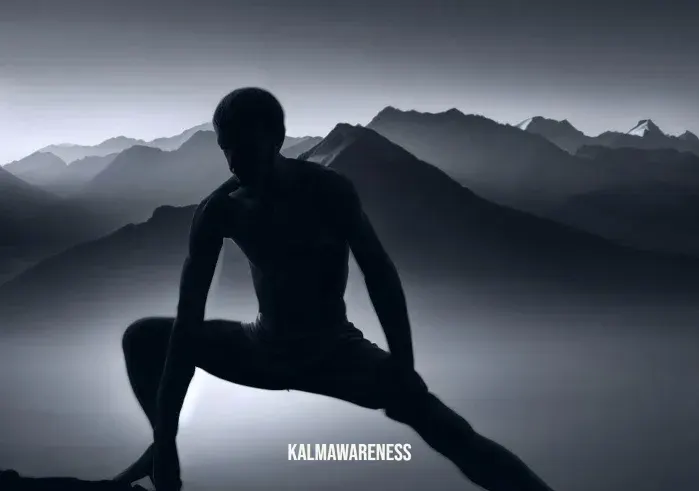
Unveiling the Mystical Secrets of the Hardest Asanas
Meta Title: The Hardest Yoga Pose: Embarking on a Journey Through History and Spirituality
Congratulations on reaching the final part of our yoga pose exploration! In the previous chapters, we dived deep into the captivating Wheel Pose, understanding its benefits, who should approach it with caution, and the various variations to suit different experience levels. Now, let’s venture into the intriguing realm of history and spirituality as we unlock the ancient origins and profound significance of this awe-inspiring pose. Prepare to immerse yourself in the mystical world of yoga’s sacred traditions.
The Rich History of the Wheel Pose
The Wheel Pose, Chakrasana, carries an illustrious history rooted in ancient yoga traditions. Its origins can be traced back to the ancient text “The Hatha Yoga Pradipika,” where it was referred to as Urdhva Dhanurasana, meaning “Upward Bow Pose.” This powerful backbend has been practiced for centuries as a way to awaken and activate the chakras, the body’s energy centers.
In modern times, the Wheel Pose gained popularity as yoga spread to the West, becoming a symbol of grace, strength, and transformation. Today, this challenging pose continues to be an essential part of yoga practices worldwide, inviting yogis to connect with the wisdom of the past while embracing the possibilities of the present.
The Spiritual Significance of the Wheel Pose
Beyond its physical prowess, the Wheel Pose holds deep spiritual significance in the realm of yoga. This pose represents a bridge between the earthly and the divine, symbolizing the unification of opposites and the fusion of strength and flexibility within the practitioner.
In yoga philosophy, the wheel represents the eternal cycle of birth, life, death, and rebirth, a reminder of the ever-changing nature of existence. By assuming the shape of a wheel, practitioners open their hearts and invite spiritual transformation, letting go of emotional baggage and embracing a sense of renewal and self-discovery.
Tips for Maximizing the Wheel Pose
To make the most of your Wheel Pose practice and deepen your connection with this transformative asana, consider the following tips:
- Warm-Up Adequately: Before attempting the Wheel Pose, ensure your body is properly warmed up. Engage in gentle backbends and shoulder stretches to prepare your spine and shoulders.
- Engage Your Core: As you lift into the pose, engage your core muscles to protect your lower back and maintain stability throughout the asana.
- Breathe Mindfully: Focus on your breath while in the pose. Deep, steady breaths will help you stay centered and ease any tension that arises.
- Listen to Your Body: Respect your body’s limitations and avoid pushing yourself beyond what feels comfortable. Progress in the pose gradually and with patience.
Common Mistakes to Avoid
Even the most seasoned yogis may encounter challenges when attempting the Wheel Pose. Here are some common mistakes to watch out for:
- Collapsing Shoulders: Avoid sinking into your shoulders and strive to maintain openness in the chest.
- Overarching the Neck: Keep your neck in a neutral position to avoid strain and potential injury.
- Misalignment: Ensure your hands are parallel to each other and your feet are hip-width apart to maintain proper alignment.
Modifications for Injury or Limited Flexibility
If you have specific injuries or limited flexibility, consider the following modifications to adapt the Wheel Pose to your needs:
- Supported Bridge Pose: Place a yoga block under your sacrum to provide support and lessen the intensity of the backbend.
- Wall-Assisted Wheel Pose: Position yourself near a wall and use it as support to gently lift into the Wheel Pose with less pressure on your wrists.
Complementary Poses to Enhance Your Practice
To enhance your Wheel Pose practice, incorporate these complementary poses into your routine:
- Cobra Pose (Bhujangasana): This gentle backbend prepares your spine for deeper backbends like the Wheel Pose.
- Upward-Facing Dog (Urdhva Mukha Svanasana): This pose helps open the chest and shoulders, building strength for more advanced backbends.
- Camel Pose (Ustrasana): A precursor to the Wheel Pose, Camel Pose is another heart-opening backbend that prepares you for deeper backbends.
✨ Conclusion: Embrace the Journey of Yoga Poses! ✨
As we conclude our exploration of the Wheel Pose, we hope you’ve gained a deeper appreciation for the art and science of yoga. From the rich history and spiritual significance to the tips and modifications that make the practice accessible to all, the Wheel Pose serves as a profound reminder of the transformative power of yoga.
Remember that each pose in yoga is not merely a physical exercise but a doorway to self-discovery, empowerment, and unity with the universe. Embrace the challenges, celebrate the progress, and continue to explore the vast world of yoga poses with an open heart and a curious mind. Whether you’re a seasoned yogi or just beginning your journey, let the wisdom of yoga guide you towards a more balanced, harmonious, and fulfilling life.
Keep practicing, keep shining, and let the magic of yoga infuse every aspect of your being. Namaste. 🙏✨
